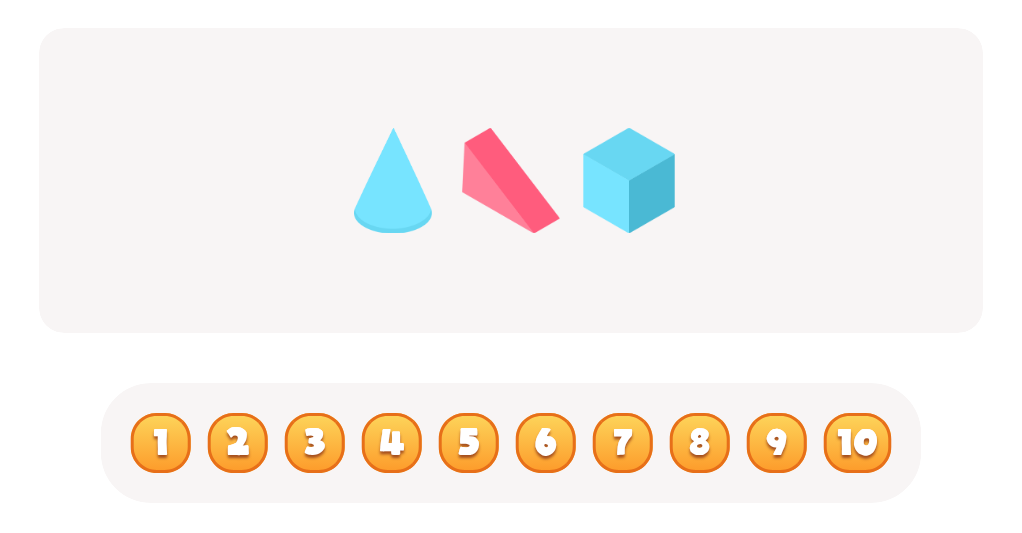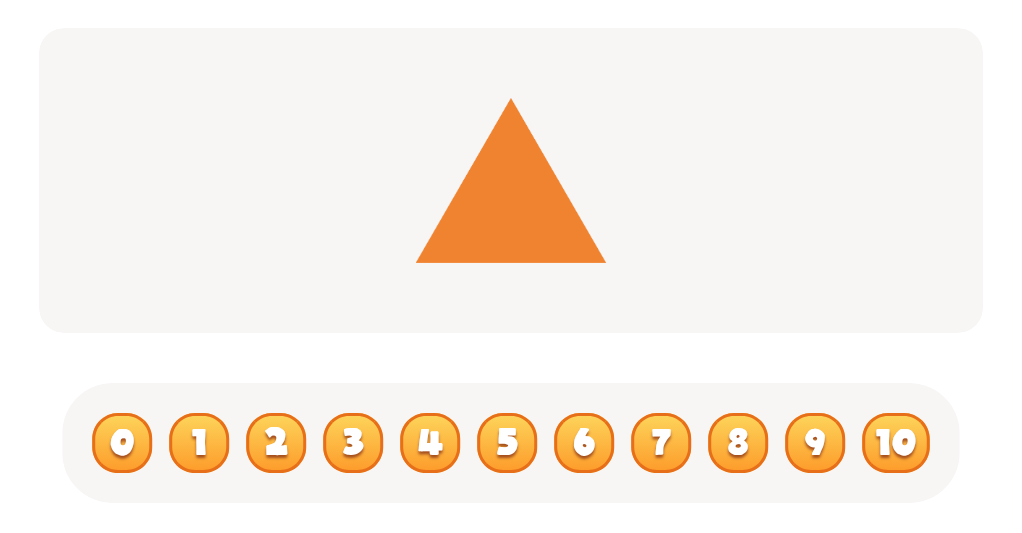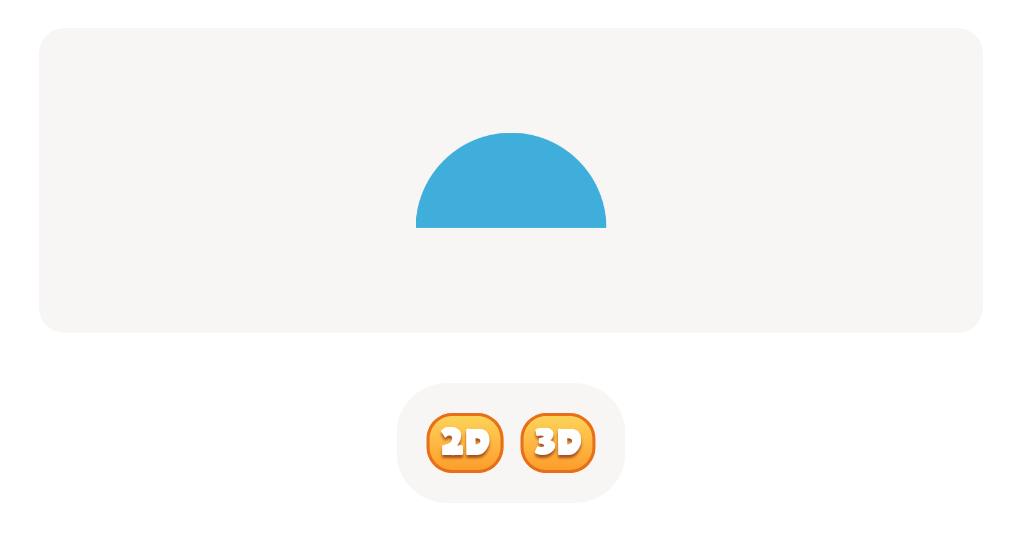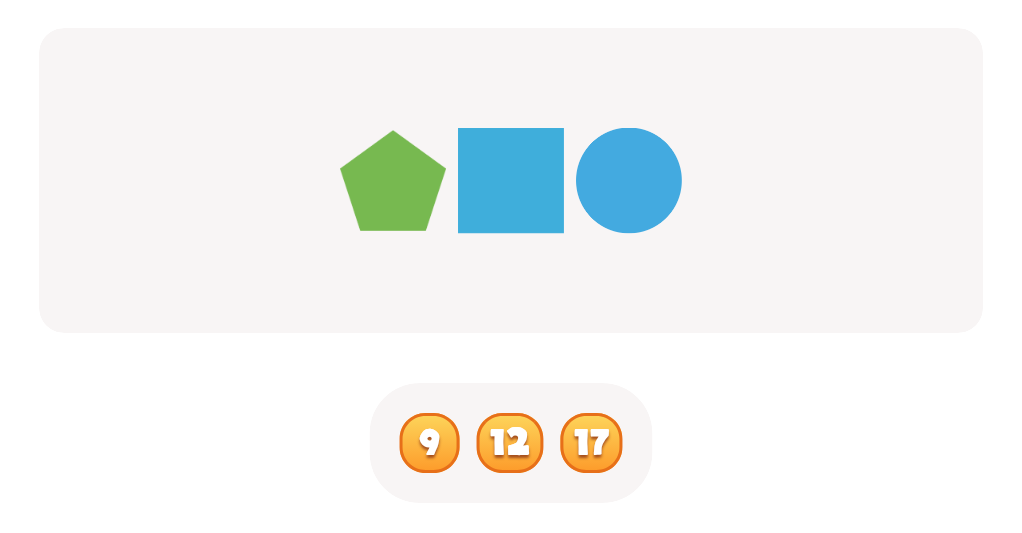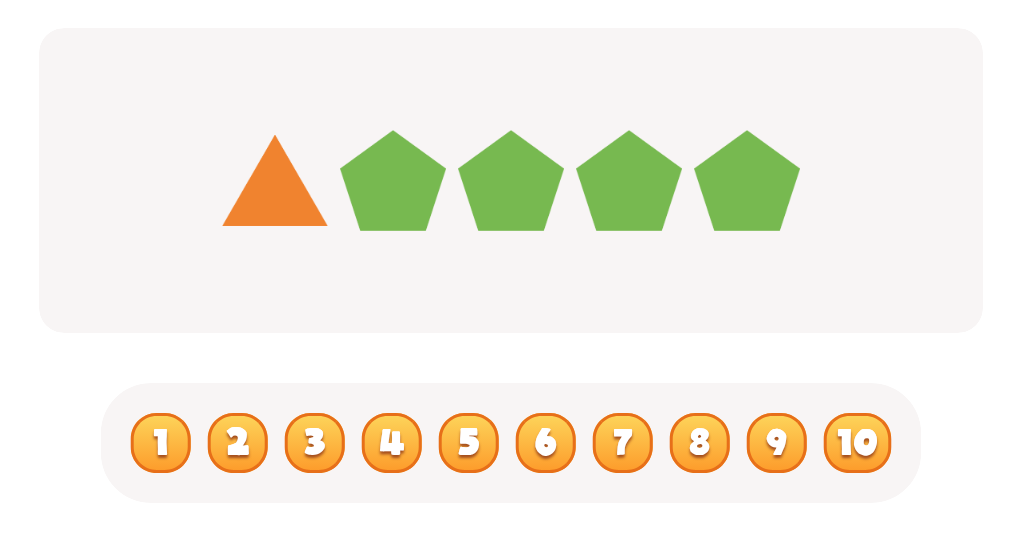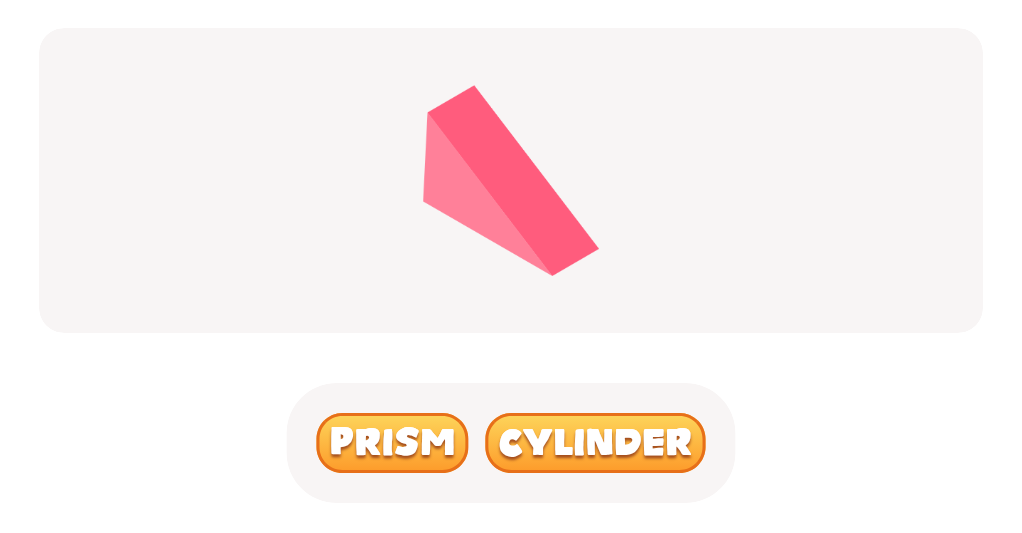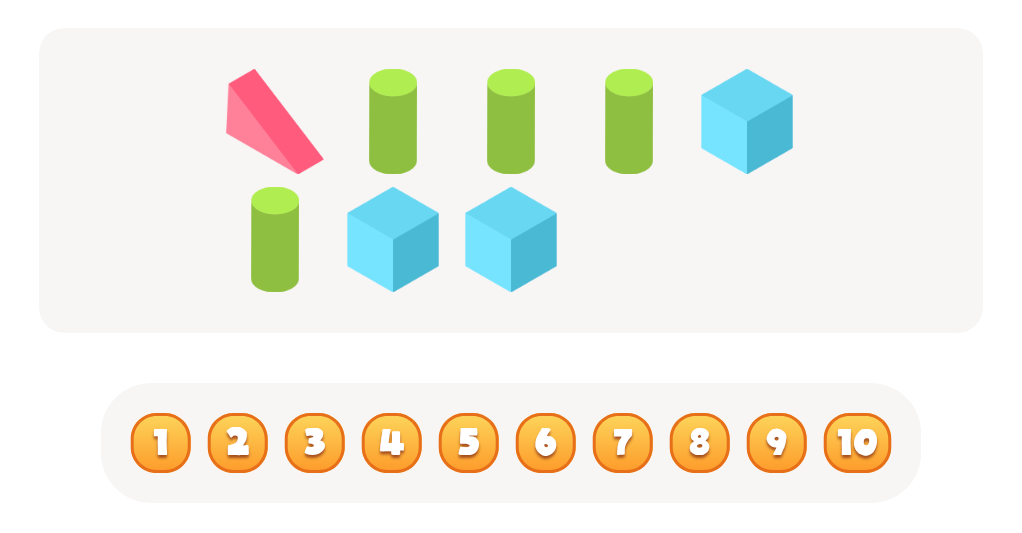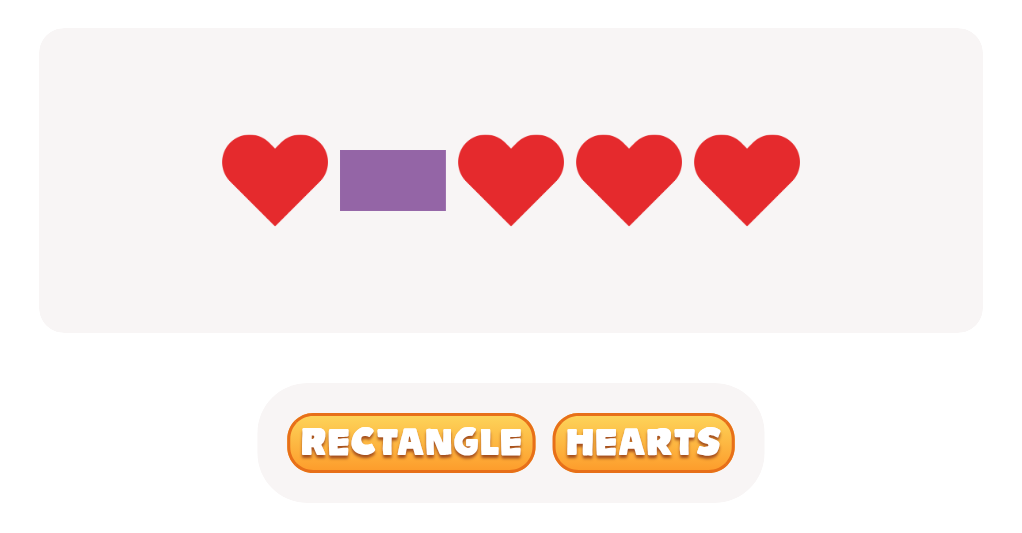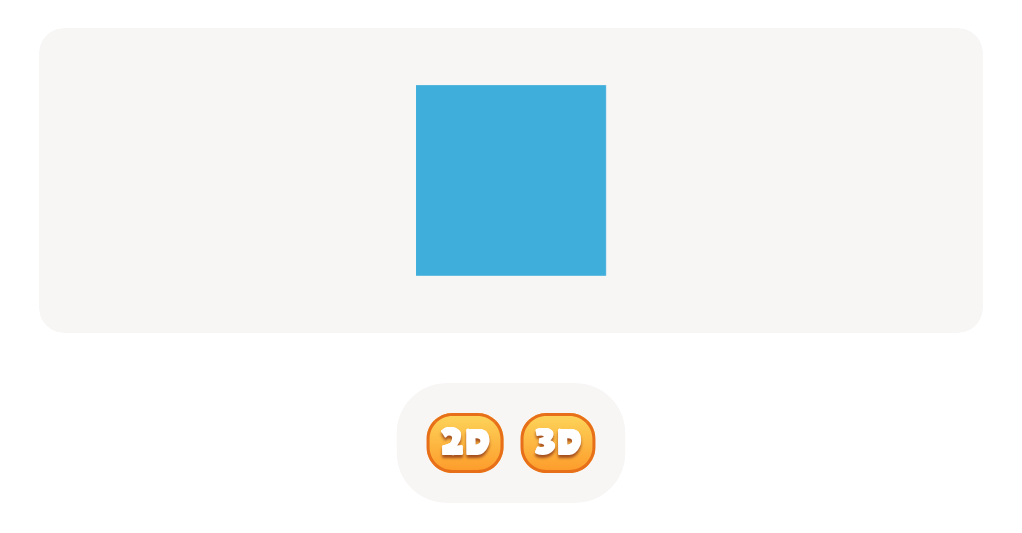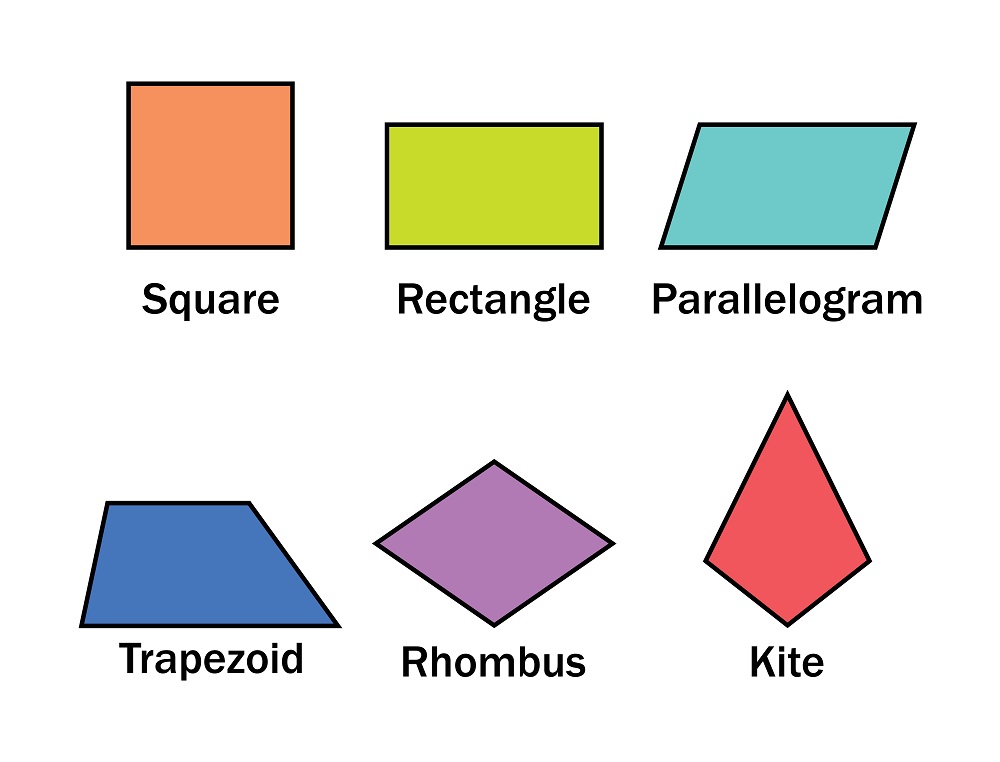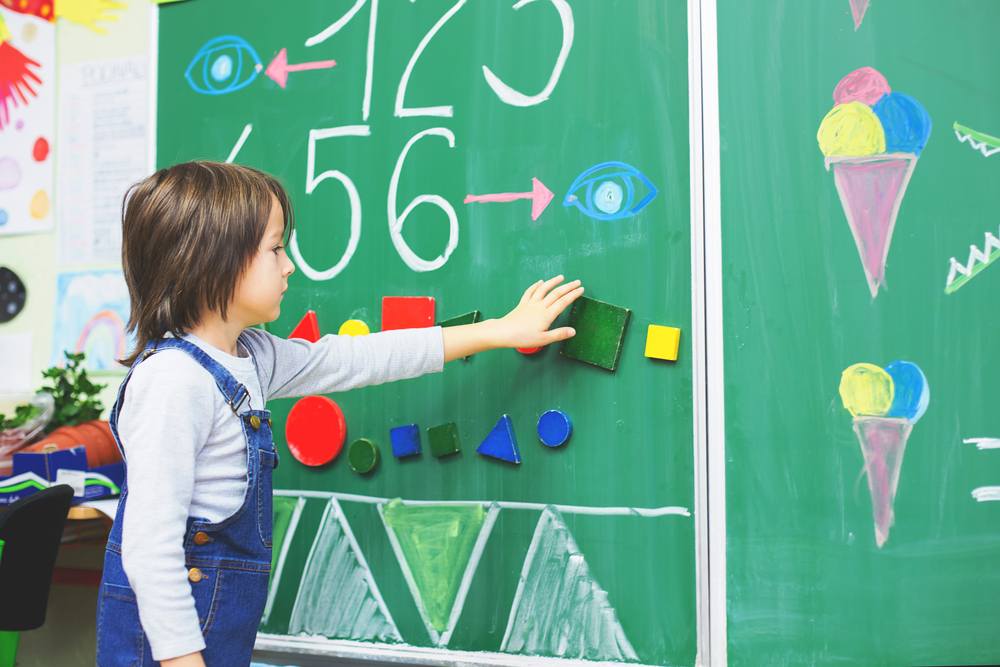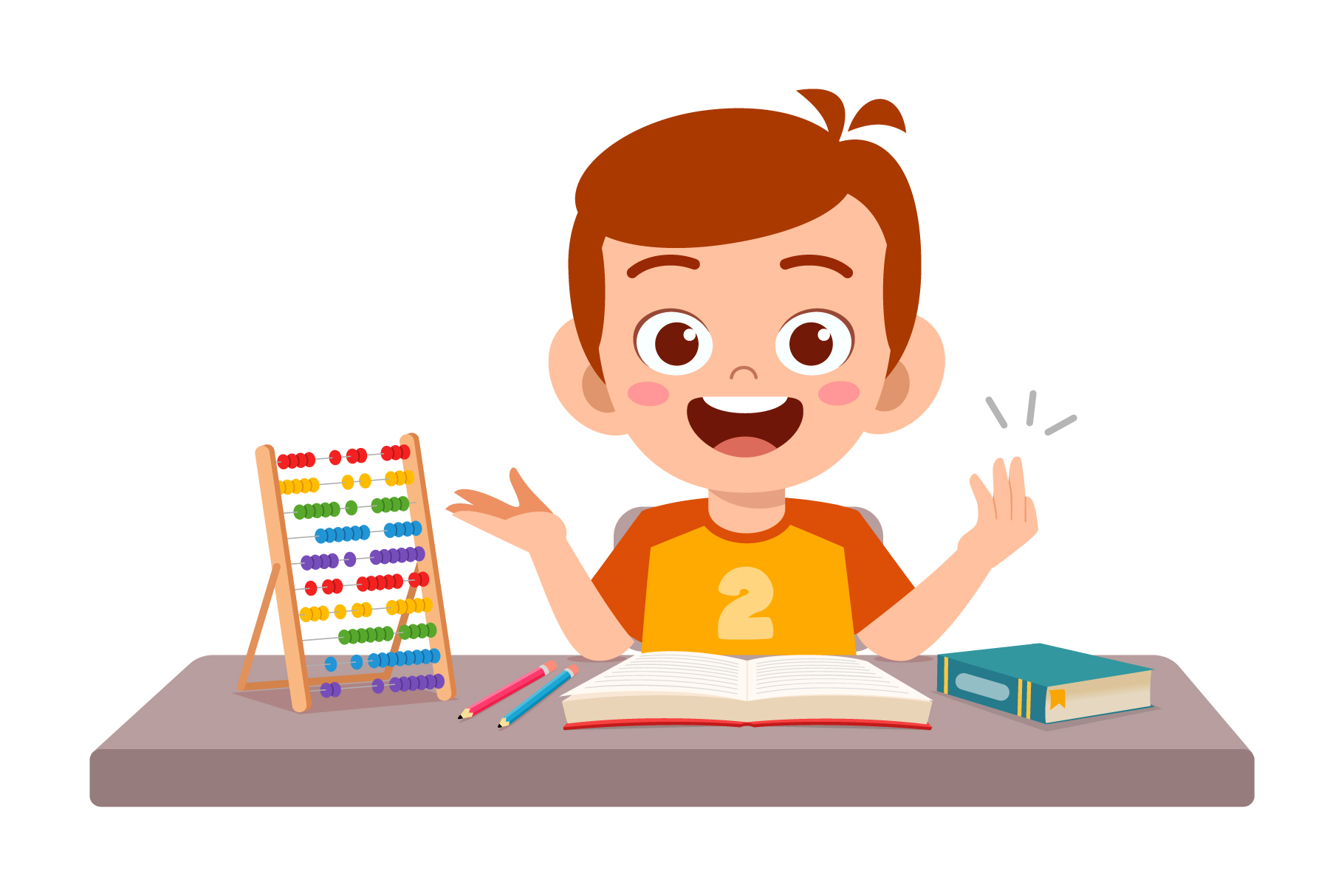Visual discrimination Geometry Worksheets for Ages 5-8
9 filtered results
-
From - To
Enhance your child’s learning experience with our Visual Discrimination Geometry Worksheets tailored for ages 5-8. These engaging resources help young learners sharpen their ability to recognize and differentiate geometric shapes, sizes, and patterns. By focusing on visual discrimination skills, children will improve their attention to detail, spatial awareness, and logical thinking. Our worksheets offer a fun, interactive approach to understanding geometry concepts, making it an enjoyable journey. Perfect for homeschooling or supplementary practice, these activities ensure that foundational math skills are solid and ready for future academic challenges. Discover the joy of learning geometry with Kids Academy!
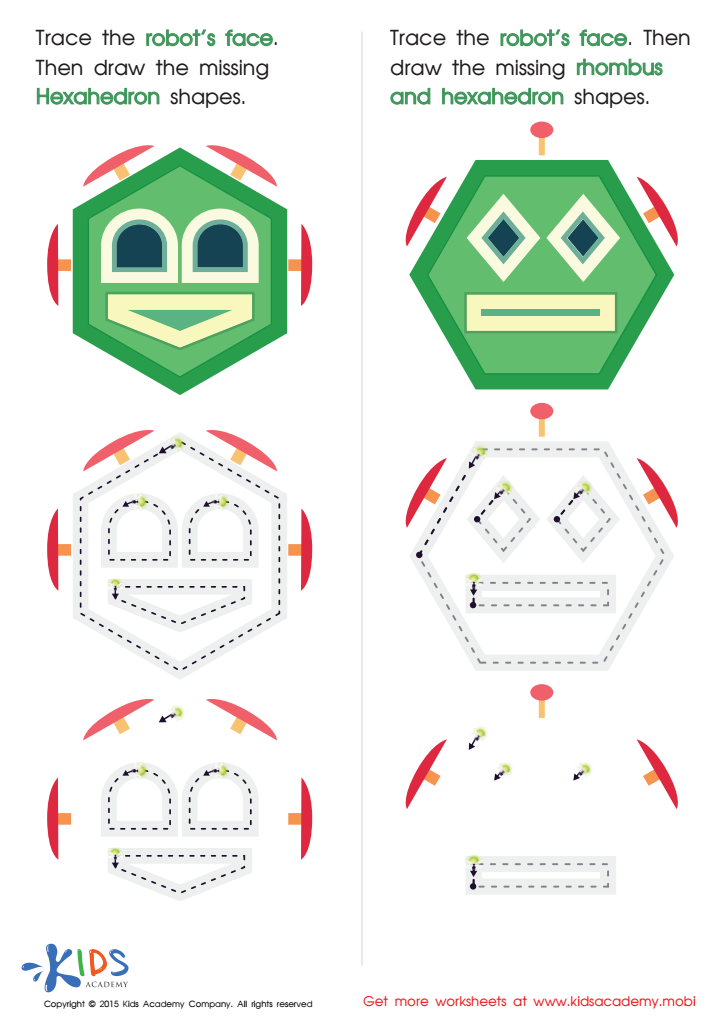

Practice Drawing Hexahedrons And a Rhombus Worksheet
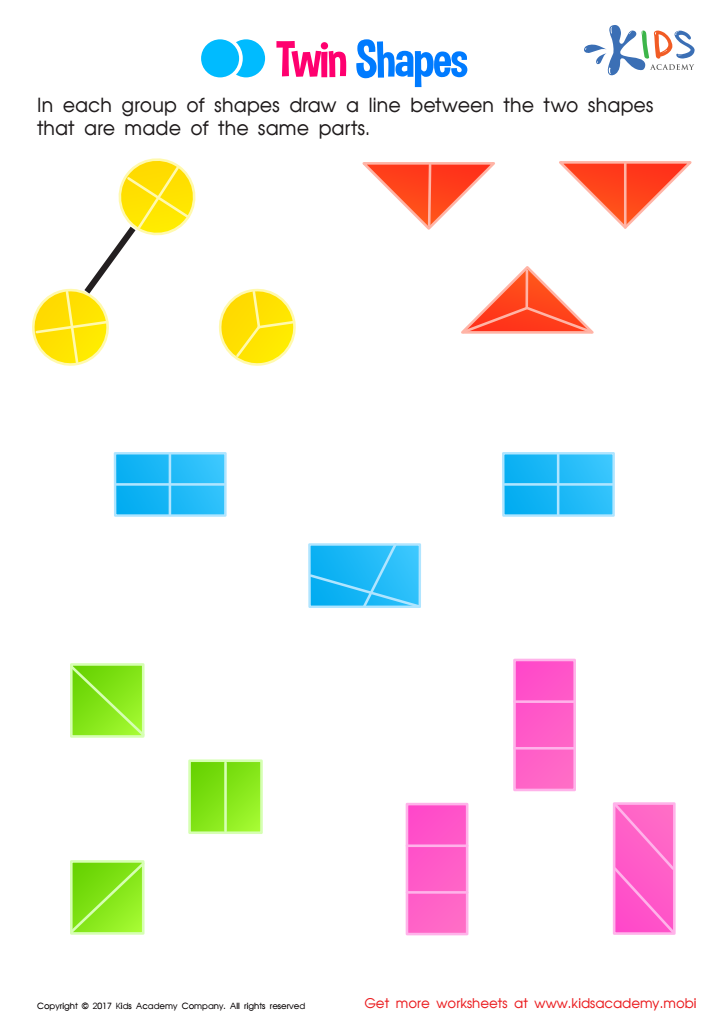

Twin Shapes Worksheet
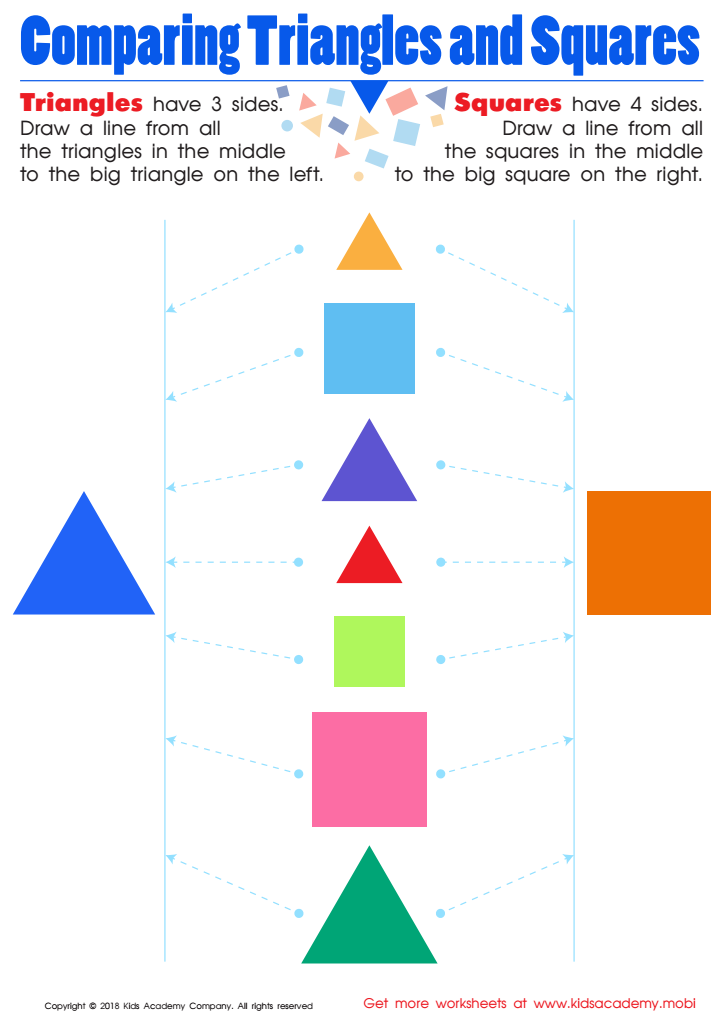

Comparing Triangles Squares Worksheet
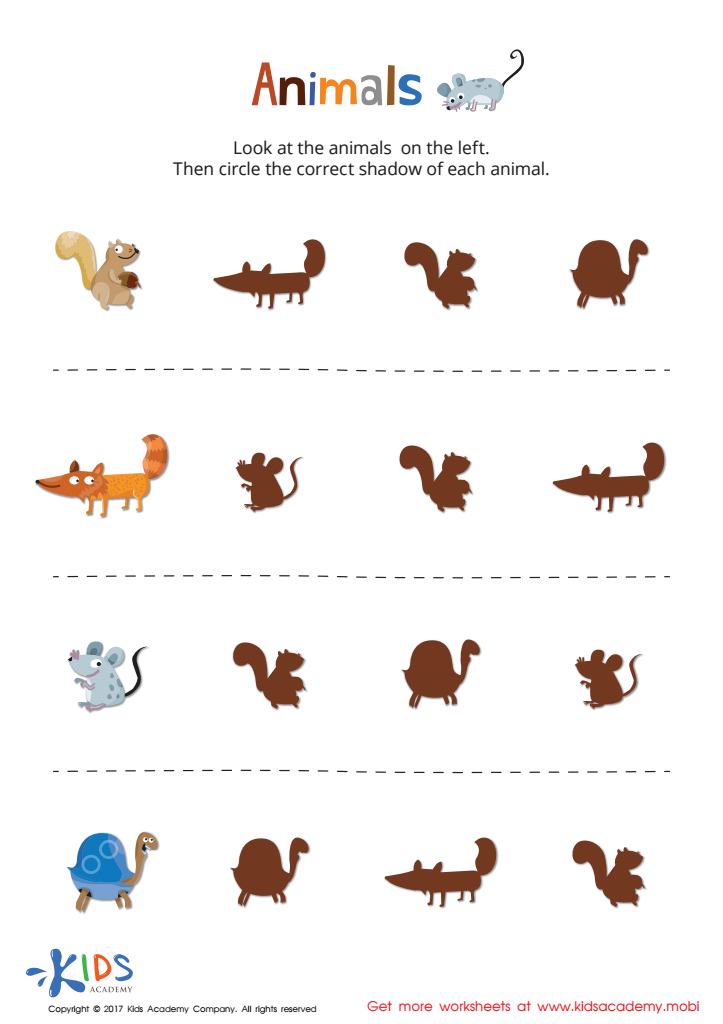

Animal Shadows Sorting Worksheet
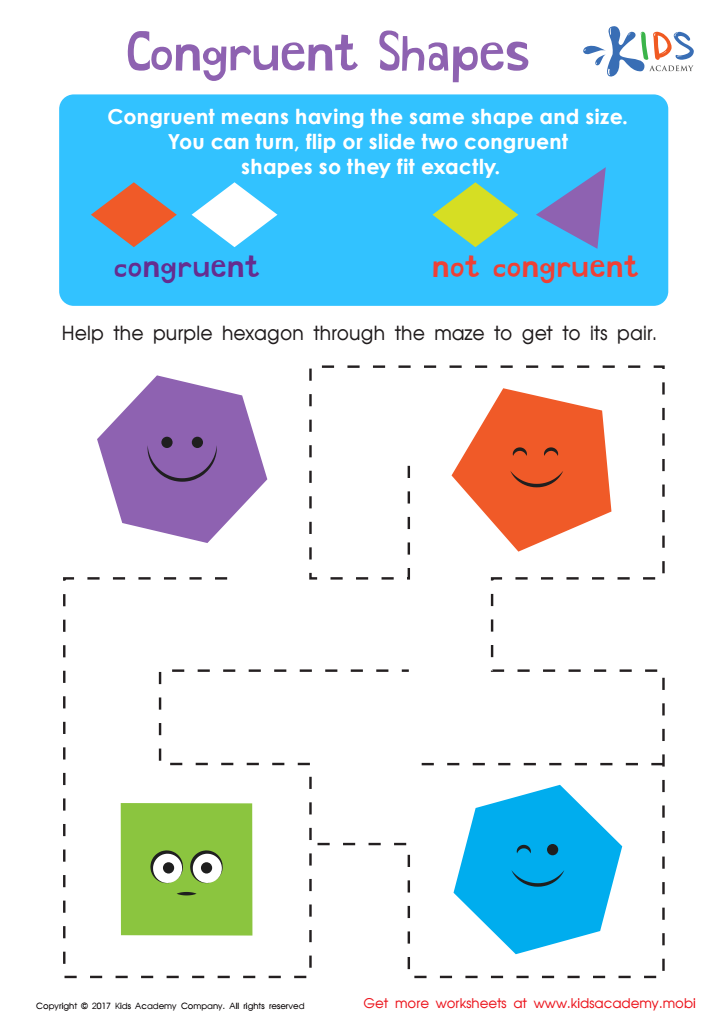

Congruent Shapes Worksheet
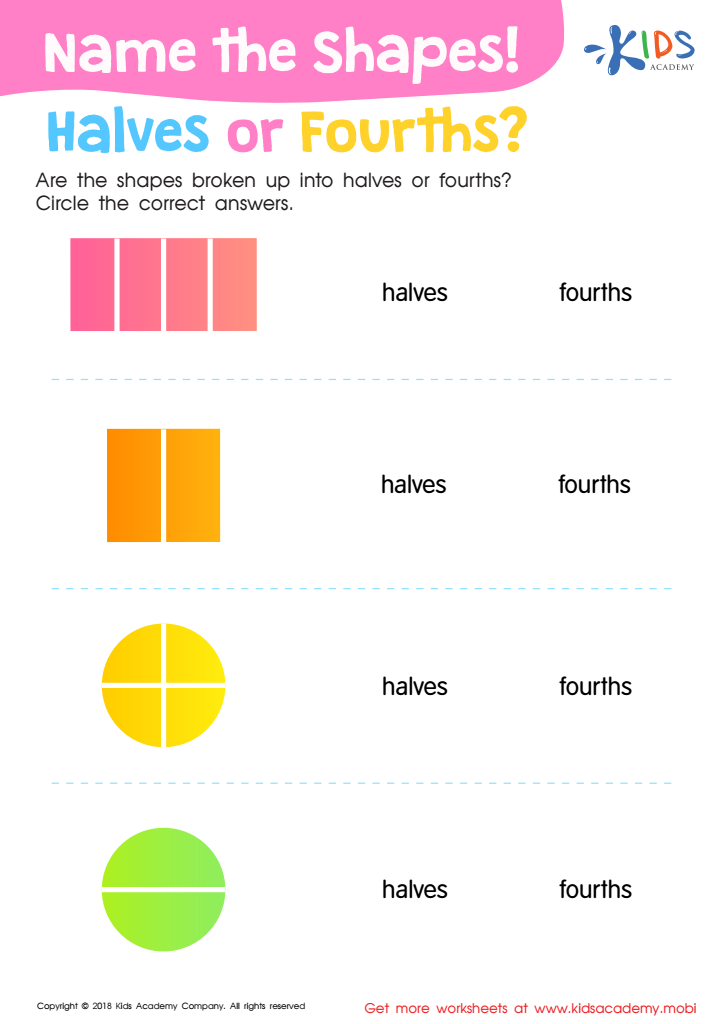

Name the Shapes Halves or Fourths? Worksheet
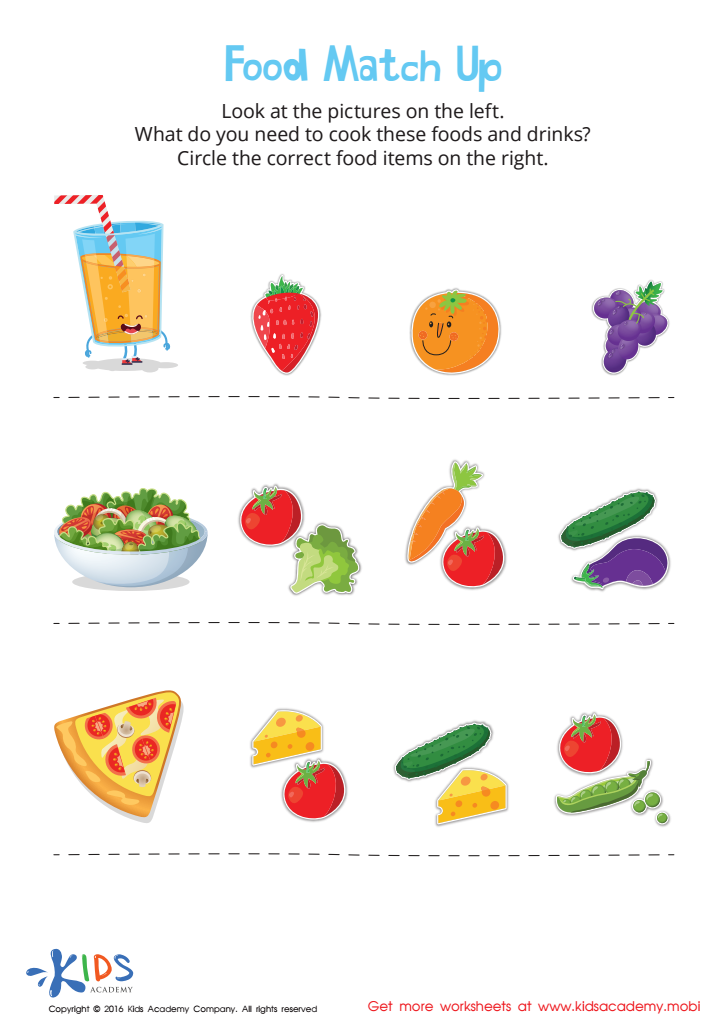

Food Match Up Worksheet
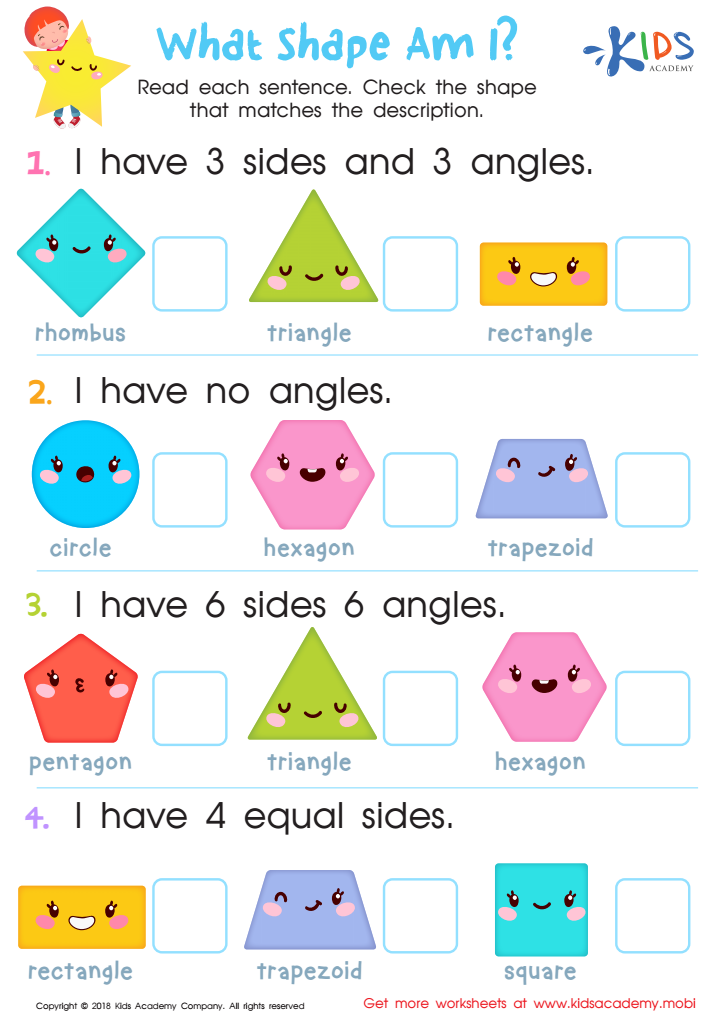

What Shape Am I? Worksheet
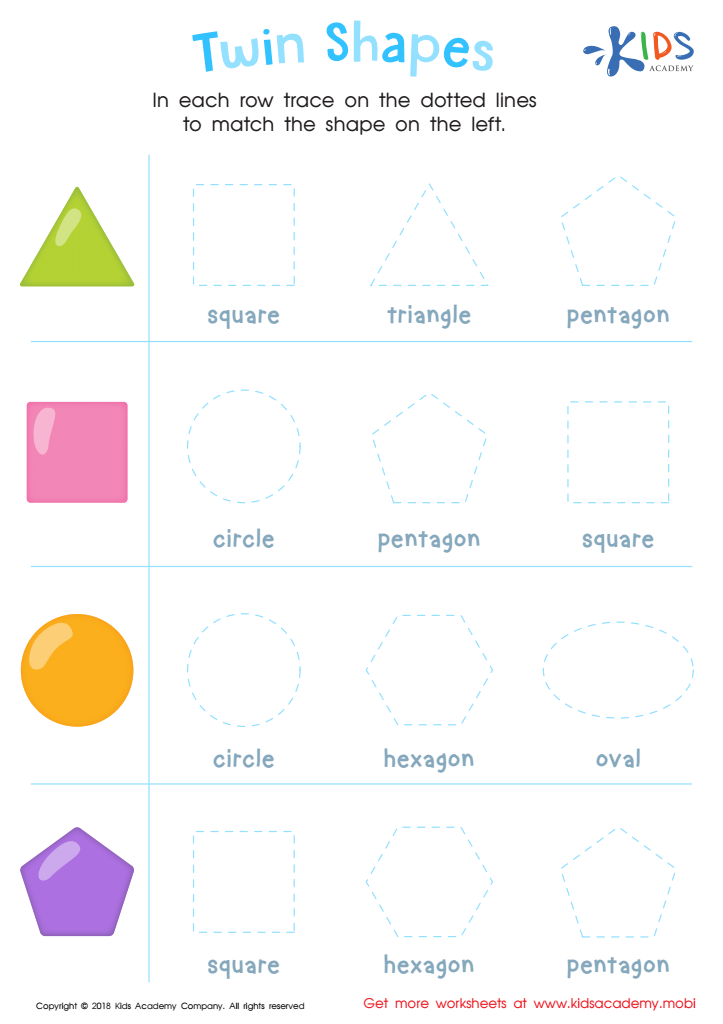

Twin Shapes Dot-to-Dot Worksheet
Visual discrimination in geometry is foundational for children's cognitive and academic development, especially between the ages of 5-8. This skill involves the ability to notice and compare visual details in shapes, symbols, and objects, which is crucial for early learning. Parents and teachers should prioritize fostering this ability as it aids in reading, writing, and mathematical problem-solving.
For reading, strong visual discrimination enables children to differentiate between letters and words, improving their literacy skills. Misinterpreting letters 'b,' 'd,' 'p,' and 'q,' for instance, is common and can be significantly reduced by strengthening these skills. In mathematics, recognizing and distinguishing shapes, patterns, and spatial relationships form the bedrock of geometry, which is essential for logical reasoning and problem-solving.
Moreover, honing visual discrimination skills enhances attention to detail and boosts memory, helping children not just in academics but in everyday tasks. Recognizing different traffic signs, differentiating between various objects, and organizing their environment efficiently become much easier.
Beyond academics, it fosters creative and analytical thinking. Manipulating and transforming geometric shapes can spark innovation and artistic expression. Thus, focusing on visual discrimination in geometry equips children with essential skills, promoting a well-rounded developmental trajectory. Prioritizing this area today lays the groundwork for a successful and confident tomorrow.
 Assign to My Students
Assign to My Students
